When purchasing skid steer loaders, overseas customers often face a crucial choice: electric or diesel? Each has its advantages for different operating
scenarios, regulatory requirements, and usage needs. Based on the characteristics of our company's products, this article will clearly compare the core
differences between the two models, providing global customers with accurate purchasing guidance.
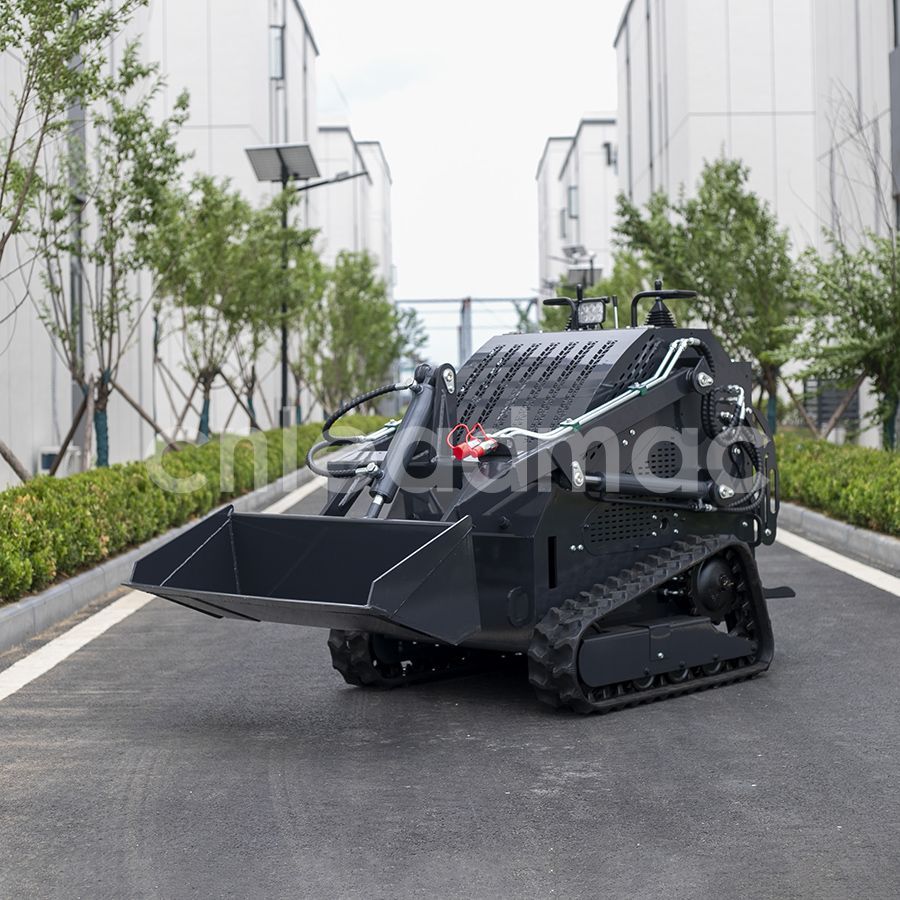
I. Core Differences Comparison: Electric vs. Diesel
From power performance and applicable scenarios to compliance, electric and diesel skid steer loaders are positioned very differently, specifically
distinguished in the following dimensions:
(I) Power and Working Intensity
Electric skid steer loaders (such as the LD-S360 and LD-T360 electric models) are equipped with lithium batteries, with rated power ranging from 6kW to 8kW.
They offer direct torque output, no start-up delay, and are suitable for light, short- to medium-duration operations, such as warehouse material handling and
small orchard soil preparation. A single charge can meet the needs of 4-6 hours of continuous operation. Diesel models are equipped with engines from brands
such as Koop, Runtong, B&S, or Yanmar, with a maximum power output of 36.8 kW and a rated load generally exceeding 300 kg (e.g., the LD-S490 has a rated
load of 250 kg and a maximum load of 350 kg). They can easily handle high-intensity, continuous operation scenarios exceeding 8 hours, such as mine auxiliary
handling and heavy building material transport.
(II) Environmental Protection and Compliance Electric models have zero emissions and low noise (operating noise ≤65 dB), fully complying with stringent
environmental standards such as EURO5 and US EPA. They are particularly suitable for emission and noise-sensitive scenarios such as EU urban maintenance
and indoor factory cleaning, avoiding environmental penalties. While diesel models are EURO5/EPA certified and meet emission control standards, they still
produce a small amount of exhaust gas, making them more suitable for open outdoor operations, such as farm reclamation in Southeast Asia and mine auxiliary
operations in Africa, where there are no special emission restrictions.
(III) Operating Costs and Maintenance
The electric model only requires daily charging, with electricity costs approximately 50% of diesel costs. It also eliminates the need for oil and fuel filter changes,
resulting in fewer maintenance items and lower long-term operating costs. Our electric motor models are also equipped with a battery management system,
extending battery life by over 30%. The diesel model requires regular diesel refueling and periodic oil and air filter cleaning, leading to slightly higher maintenance
costs. However, diesel refueling is convenient, making it more advantageous in remote areas without charging facilities (such as Australian ranches and
South American construction sites).
(IV) Environmental Adaptability
The electric model's battery has a certain degree of waterproofing (some models reach IP67 level), but its range will slightly decrease in low-temperature
environments, making it more suitable for temperate and subtropical regions. Our electric motor models use -30℃ anti-wear hydraulic oil in their hydraulic
system, which can cope with mild low-temperature conditions. Diesel models offer greater tolerance to extreme environments. For example, models equipped
with Yanmar engines (such as the LD-T750) can start directly at temperatures as low as -15°C. Combined with thickened 1807235 anti-slip tracks, they can operate
stably even in muddy, snowy European winter construction sites or high-altitude mines.
II. Scenario-Based Purchase Recommendations
Choose an electric model (LD-S360/T360, LD-S390/T390 electric models):
Operating scenarios: Indoor warehouses, urban green spaces, small orchards/greenhouses, or areas with strict environmental regulations such
as the EU and California;
Core requirements: Low noise, zero emissions, short-distance light-duty operation, and charging facilities available at the site;
Advantages: Meets local environmental requirements, simple maintenance, and more economical in the long run.
Choose diesel models (LD-S460/T460, LD-S490/T490, LD-T750, etc.):
Operating scenarios: Mining support, heavy construction, remote farms/ranches, or outdoor sites without charging facilities;
Core requirements: High-intensity, long-duration operation, needing to cope with complex terrain (muddy, sloped) or extreme temperatures;
Advantages: Powerful engine, convenient refueling, and stronger environmental adaptability.
III. Common Guarantees for Global Customers
Whether you choose the electric or diesel model, our skid steer loaders possess core advantages suitable for the global market:
Compliance Certifications: The entire series is ISO, CE, and EPA EORU5 certified, requiring no additional modifications for export to the EU,
US, Southeast Asia, and other regions, resulting in more efficient customs clearance;
Attachment Compatibility: Supports quick-change of over 200 attachments, including buckets, grappling hooks, and snowplows, allowing one
machine to meet multiple operational needs and improve equipment utilization;
Durable Design: The electric model uses a high-quality lithium battery, while the diesel model is equipped with reinforced hydraulic cylinders
(no transmission backlash, smooth operation), and the service life of key components is 20% longer than the industry average;
Global Service: 24-hour technical support to address after-sales concerns of overseas customers.
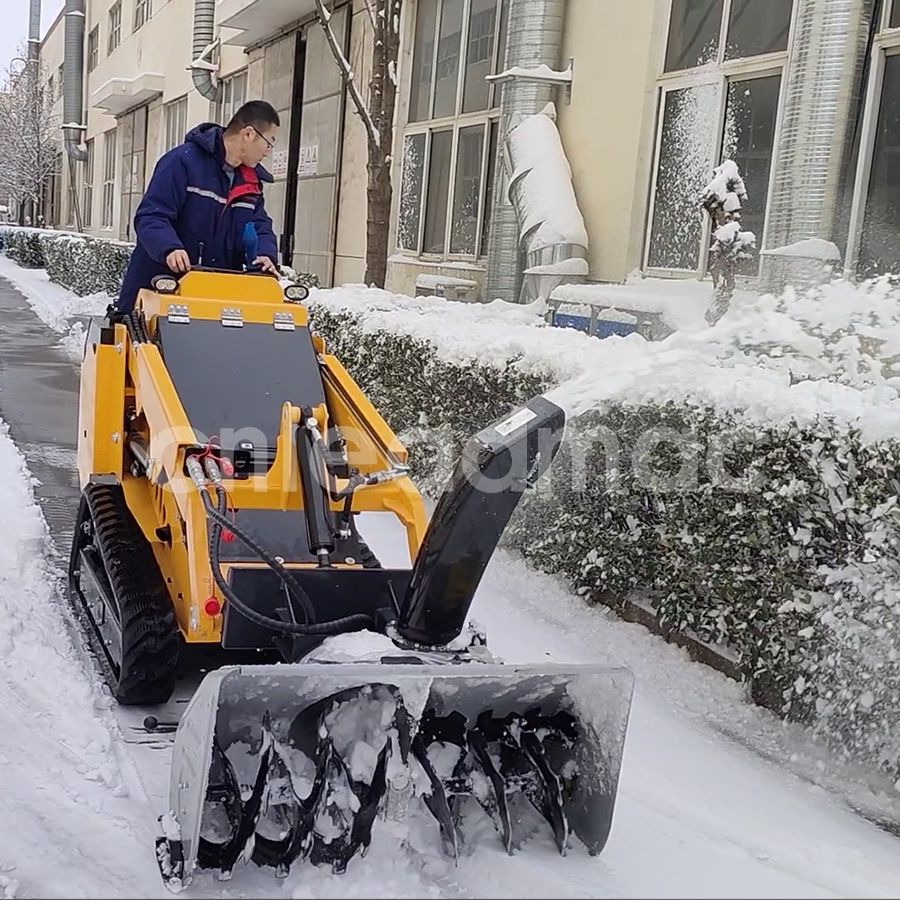 Snow Removal Without Worry – T
Snow Removal Without Worry – T
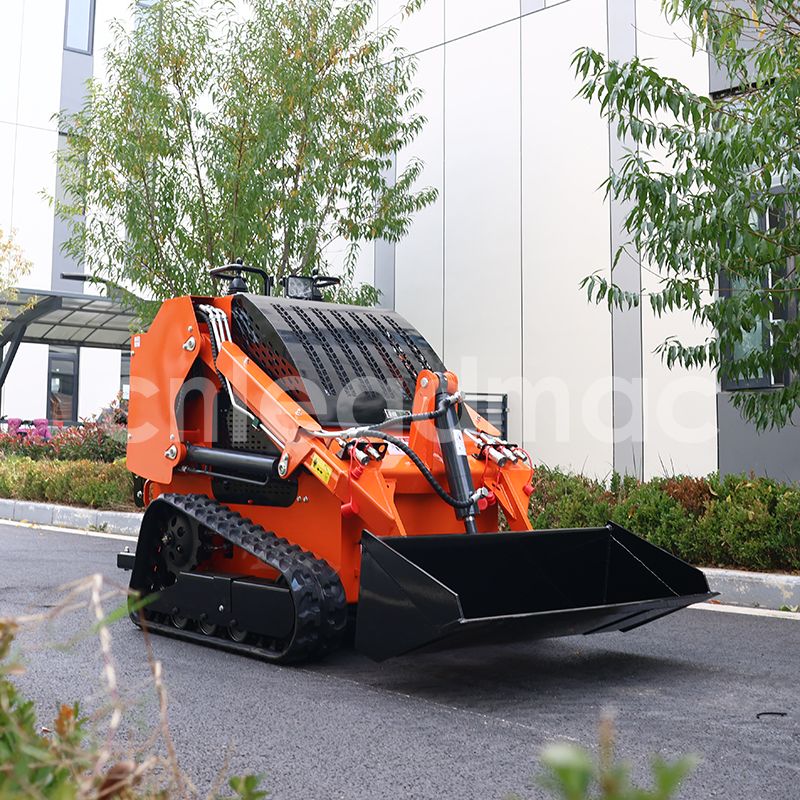 Say Goodbye To Range Anxiety!
Say Goodbye To Range Anxiety!
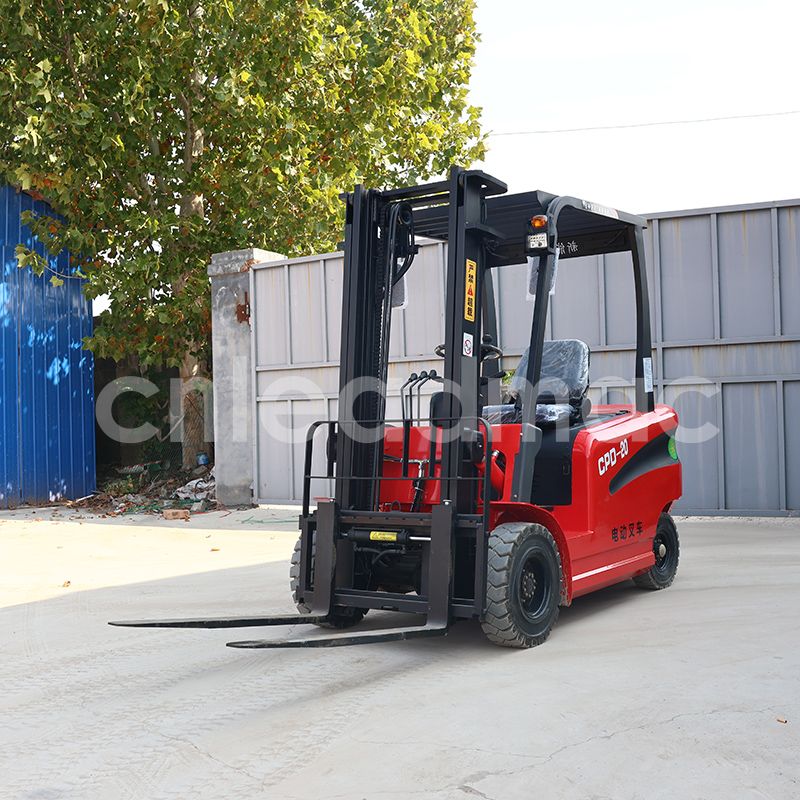 Electric Forklift Safe Operati
Electric Forklift Safe Operati
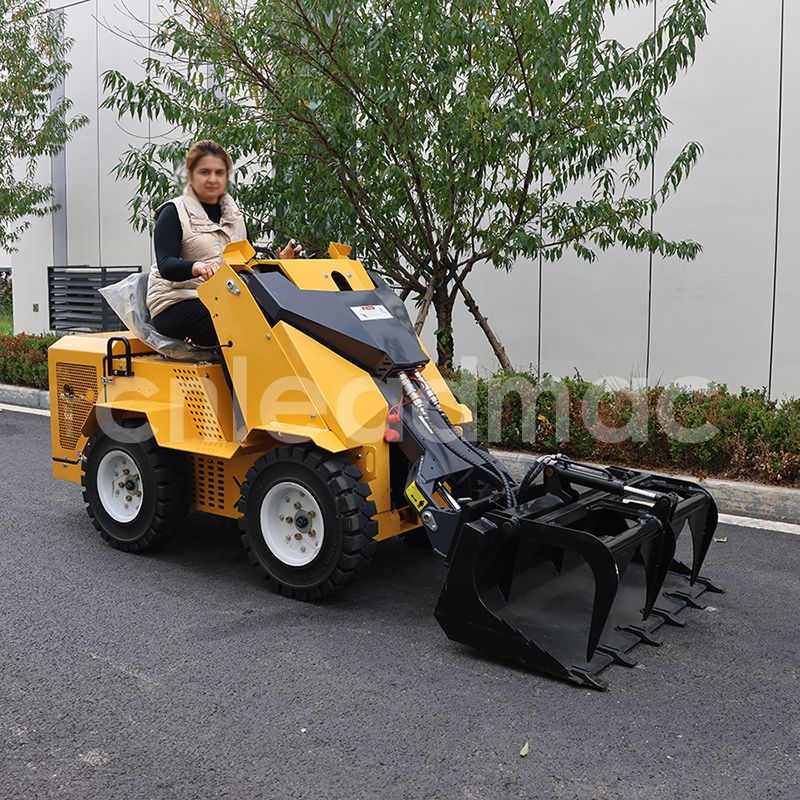 Revolutionizing Material Handl
Revolutionizing Material Handl